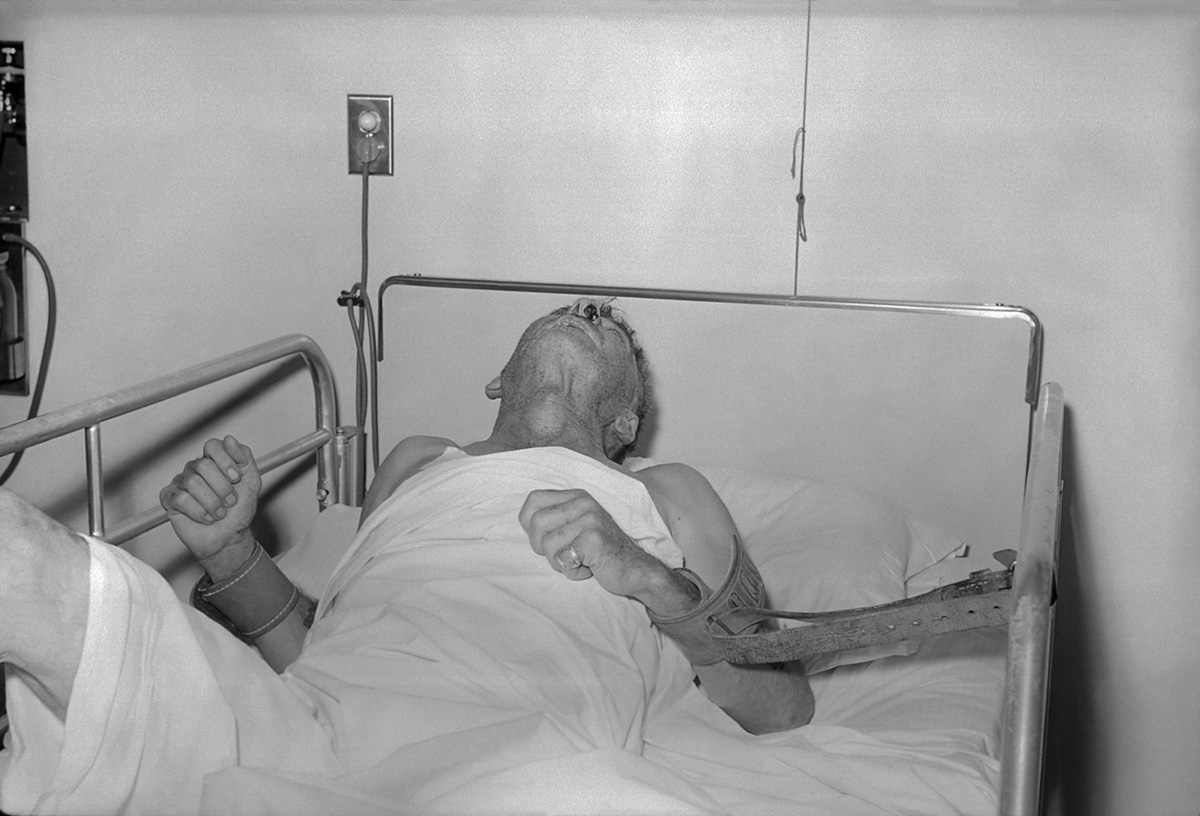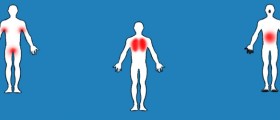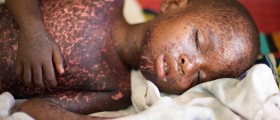
Even though rabies is generally more likely to be associated with dogs, it is in fact more common for the disease to spread amongst cats. About ninety percent of cases of rabies are found in either cats, dogs or cattle. The disease can also spread to horses, goats, sheep, mules and ferrets. As for primarily wild animals, bats, foxes, rodents, skunks and raccoons can all carry rabies. The virus is normally spread through biting, as it is present in the saliva of infected animals. The virus enters nerve cells at the wound site. It then travels to the brain, muscles and organs.
Symptoms of rabies
Symptoms of rabies normally begin to manifest between twenty to sixty days after exposure. Animals infected with the disease are normally combative, aggressive and hypersensitive to touch. Some animals might appear furious or vicious. There is, however, a different form of the disease that leads to lethargy and weakness in the animal. The animal may be unable even to lift its head or to make any sounds. Throat and neck muscles can be paralyzed as a result of the condition. In either case, death will occur a mere few days after symptoms manifest. Death normally results from respiratory failure.
As for humans, the course of the disease follows a similar path. The incubation period can be as short as ten days and as long as a year. Symptoms that will appear in humans are malaise, lack of appetite, headache, fatigue and fever. Many rabies patients also suffer pain or numbness at the site of pain. Some may even suffer from insomnia or depression. After this, signs of nervous system damage may become apparent. The patient might suffer from disorientation, hyperactivity, hypersensitivity, hallucinations and seizures. Death will, again, occur as a result of respiratory failure.
Prevention of rabies
The rabies vaccine is normally administered after exposure. This is possible because of the long incubating period of the disease. Further to this, the incubation period will depend of the location of the wound and the dosage of the virus. The first step upon exposure is to thoroughly clean the wound and seek medical attention.
Treatment should begin as soon as possible. Injections will be administered on the first, fourth, eighth, fifteenth and twenty-ninth day of the vaccination course. Patients who have not previously received the rabies vaccine might also require an injection of rabies immune globulin on the first day of vaccination.













_f_280x120.jpg)



Your thoughts on this
Loading...